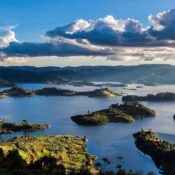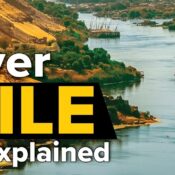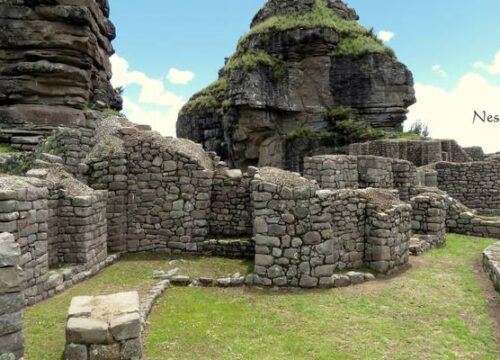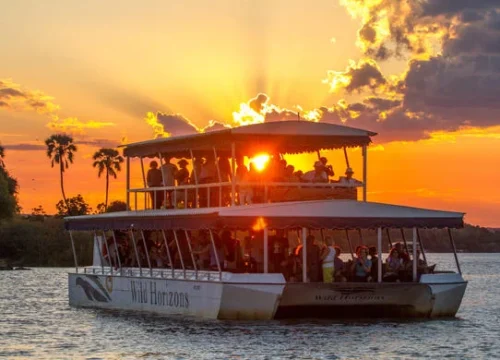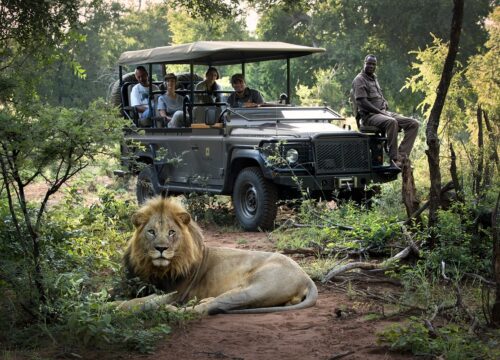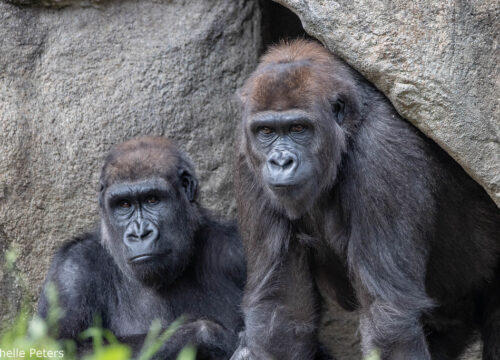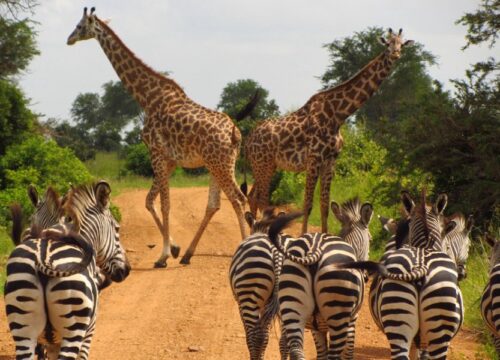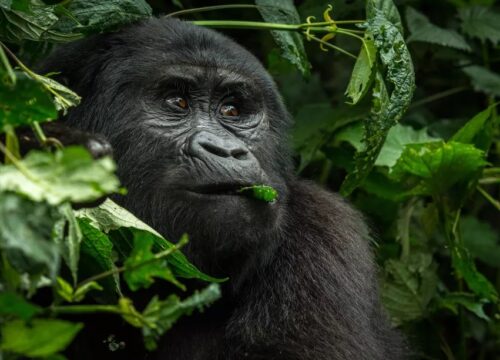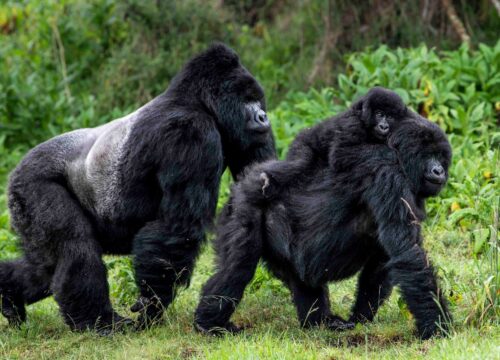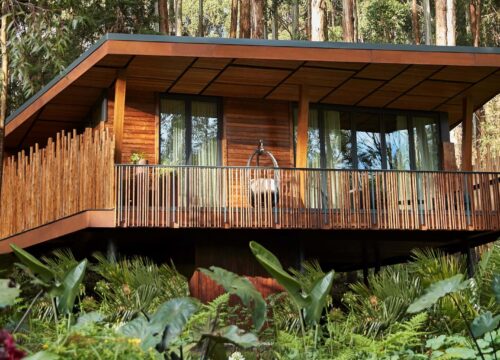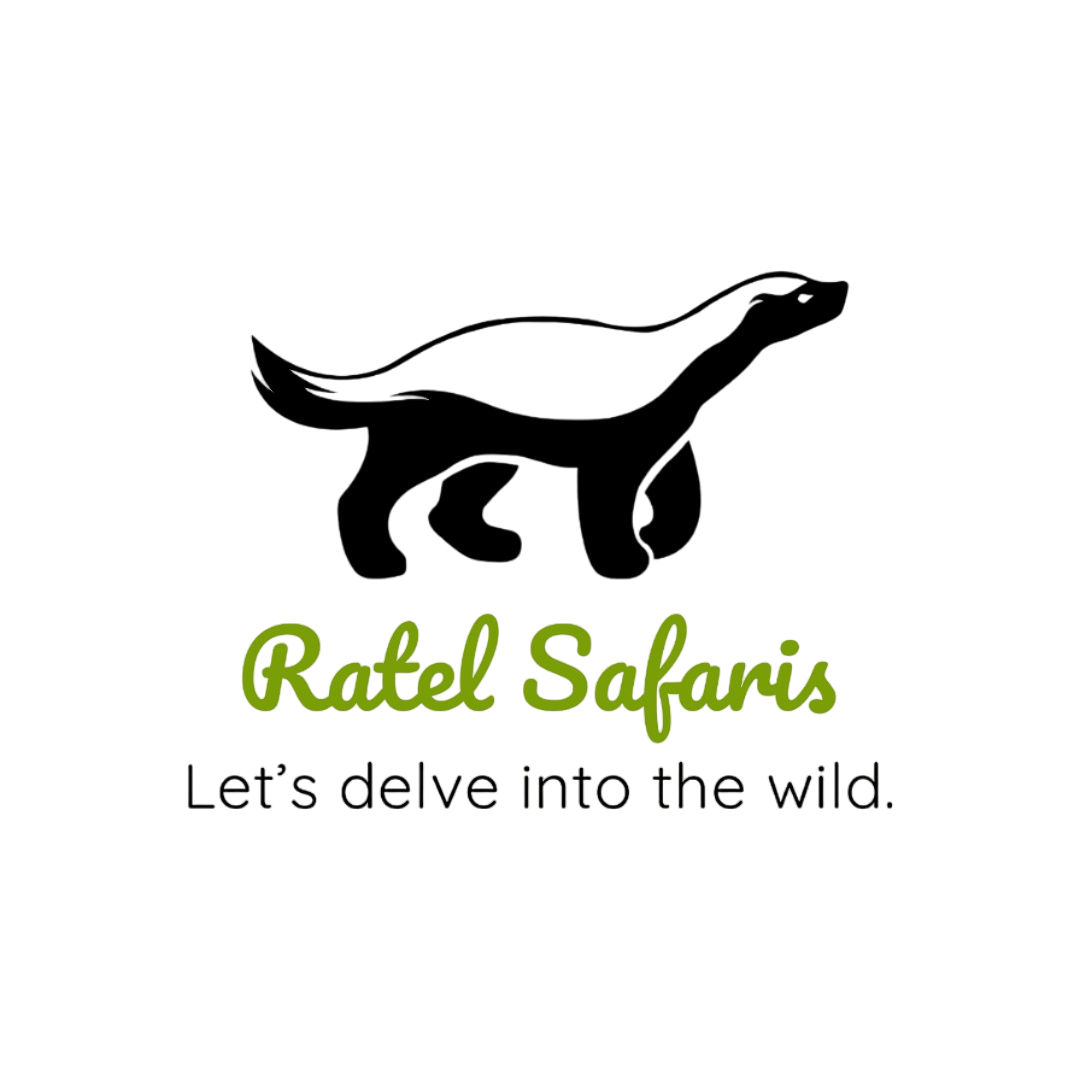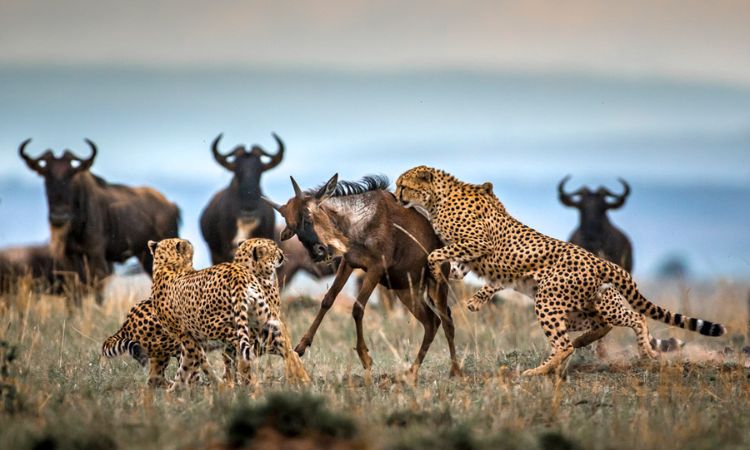
Serengeti or Masai Mara? Key Safari Differences You Must Know Before Booking
When planning an African safari, two iconic destinations often come to mind—Kenya’s Masai Mara and Tanzania’s Serengeti National Park.
Both are famous for the Great Migration, abundant wildlife, and breathtaking landscapes. But which one is right for your safari adventure?
In this guide, we break down the key differences, best times to visit, what to expect, and how to choose the experience that suits your travel style.
The Basics: Location and Size
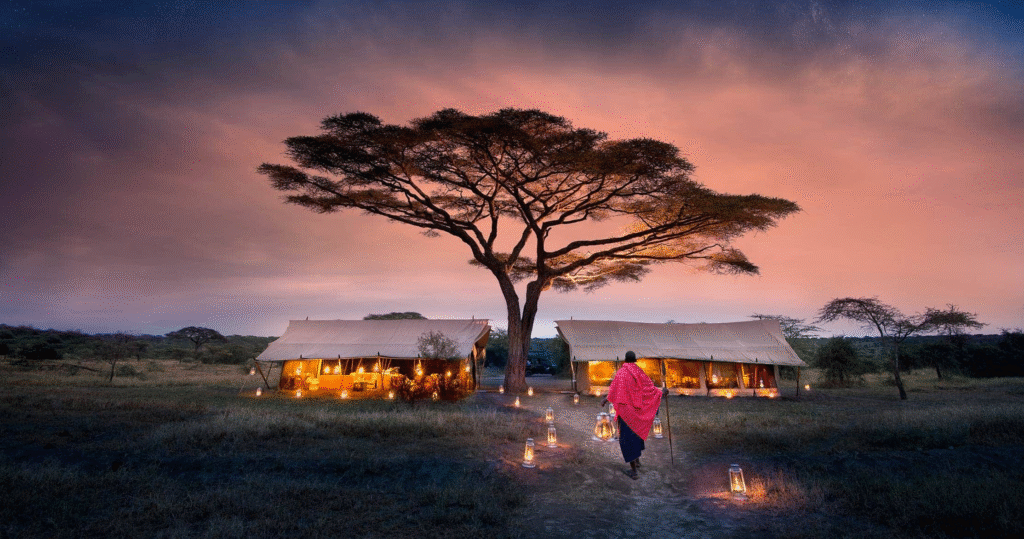
The Serengeti is a vast ecosystem located in northern Tanzania, covering about 14,750 square kilometers. It’s one of the oldest and most diverse ecosystems on Earth. The Masai Mara, by contrast, is located in southwestern Kenya and covers around 1,510 square kilometers.
Despite being smaller, the Masai Mara is actually a northern extension of the Serengeti ecosystem, with no physical boundary separating the two parks for animals.
If youíre already visiting Kenya or Tanzania, it might make sense to choose the park thatís within your destination country.
However, both parks are accessible via domestic flights and overland tours, and some tour companies offer combination trips that cover both.
Wildlife Viewing: What Animals Will You See?
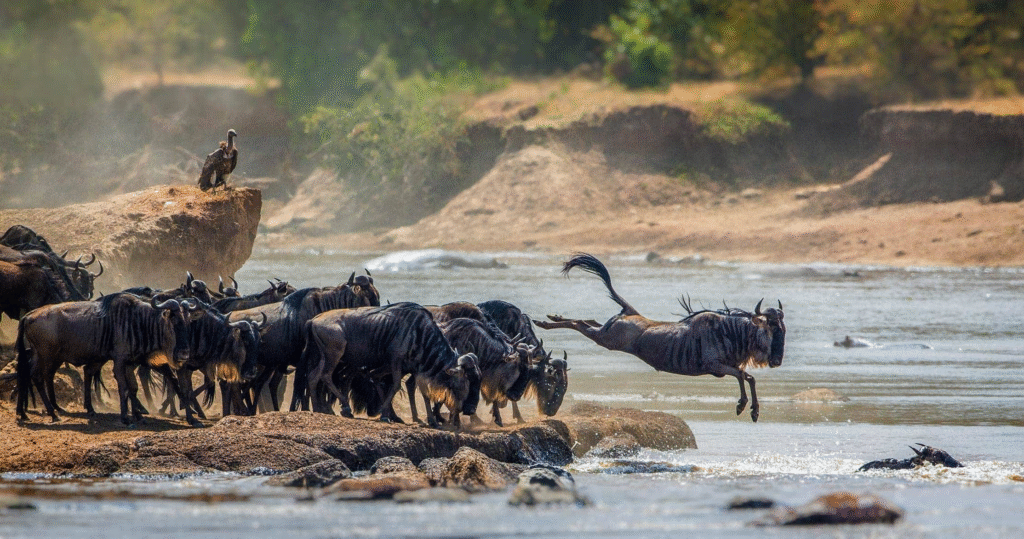
Both the Serengeti and Masai Mara offer exceptional wildlife encounters year-round. You can expect to see the Big Fiveólion, elephant, buffalo, rhino, and leopardóas well as cheetahs, giraffes, zebras, wildebeests, hyenas, hippos, crocodiles, and more.
However, there are slight differences:
- Masai Mara is especially famous for big cat sightings. Lions are abundant, and leopard and cheetah sightings are frequent. Because of its smaller size and open plains, wildlife is often easier to spot, even on shorter game drives.
- Serengeti offers more diverse habitatsógrassy plains, riverine forests, kopjes, and woodlands. The parkís size gives animals more space, so you might need more time and patience, but the rewards are often greater.
If you want high-density sightings in a shorter time, the Masai Mara might be more rewarding. If you’re seeking a longer, more immersive safari experience, the Serengeti delivers.
The Great Migration: Timing and Viewing
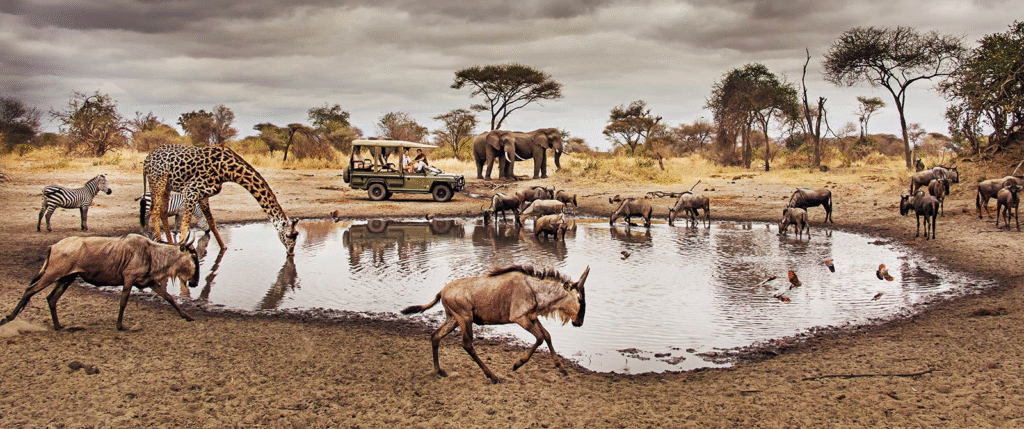
The Great Wildebeest Migration is one of the most awe-inspiring wildlife events in the world. Over two million animalsómainly wildebeests, zebras, and gazellesómove in a circular pattern through the Serengeti and Masai Mara in search of greener pastures.
Hereís how the migration plays out:
- Serengeti is where the migration begins and ends. From December to March, animals calve in the southern Serengeti. In April and May, they move west and north. June through July is rutting season, and by late July to August, the herds approach the Mara River.
- Masai Mara is the prime spot to witness dramatic river crossings. From August to October, huge herds cross the crocodile-infested Mara River into Kenya, attracting predators and thrilling safari-goers. By late October or early November, the herds begin returning to Tanzania.
If witnessing a river crossing is on your bucket list, the Masai Mara from August to early October is ideal. For calving season and fewer tourists, choose the Serengeti from January to March.
Safari Experience: Lodging, Crowd Levels, and Budget
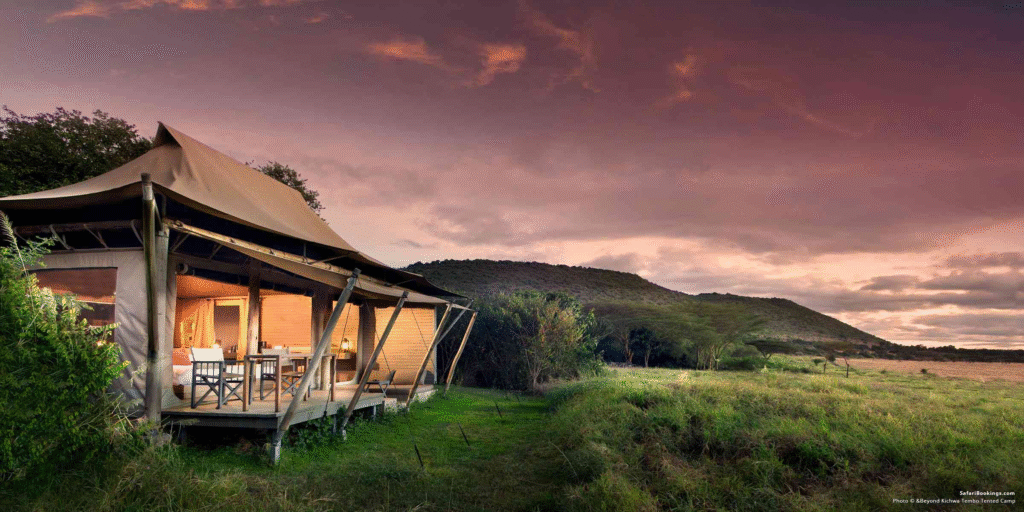
Your overall safari experience will depend a lot on where you stay, how many other tourists are around, and how much you’re willing to spend.
- Masai Mara is more compact, so transfers between camps are shorter, and game drives are more concentrated. There are many mid-range and luxury camps near the main gates, making it great for short, high-impact safaris. But it can get crowded, especially during migration season and near popular areas like the Mara River.
- Serengeti has remote areas with fewer visitors. Lodges and tented camps are often spread far apart, and game drives can last longer. Itís ideal for travelers seeking solitude, adventure, and a deep connection with nature.
In terms of pricing, both parks have luxury and budget options, but travel logistics in the Serengeti can be slightly more expensive due to its size and remoteness. That said, budget safaris are still possible, especially when combined with other northern Tanzania parks like Ngorongoro Crater or Lake Manyara.
Cultural Experiences: Meeting the People
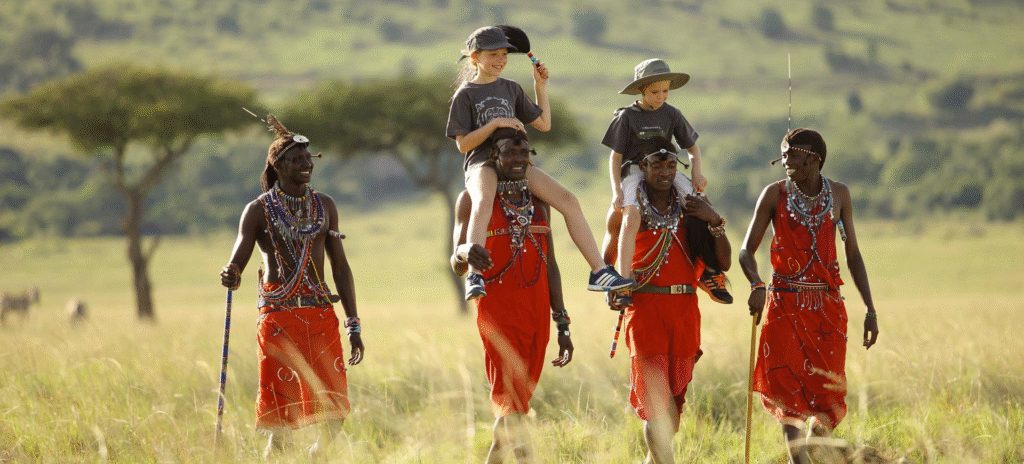
Both parks offer opportunities to interact with local communities, especially the Maasai people. Cultural visits to Maasai villages provide insight into their traditional lifestyle, beliefs, and relationship with wildlife.
- Masai Mara tends to have more accessible and organized cultural encounters. Youíll find many lodges offering half-day visits to local bomas (villages) and schools.
- Serengeti cultural experiences are more likely to be part of a longer northern circuit itinerary, including nearby areas like Ngorongoro or Lake Eyasi, where you can also meet the Hadzabe and Datoga tribes.
If cultural immersion is high on your list, the Masai Mara makes it easier to combine safari and culture in a short time.
Photography: Landscapes and Light
Both parks are a dream for wildlife photography, but each offers slightly different aesthetics:
- Masai Mara has golden, rolling grasslands, ideal for clean compositions and dramatic light during sunrise and sunset. The open plains make it easier to photograph animals at eye level.
- Serengeti offers more variety in landscapes, from rocky outcrops (kopjes) to acacia-dotted savannahs and wooded riverbanks. The diversity allows for more creative photography, especially if you’re spending multiple days in different zones.
Professional and amateur photographers often choose Serengeti for its extended range of subjects, but the Mara is unbeatable for those classic African safari shots.
How to Get There: Access and Itineraries
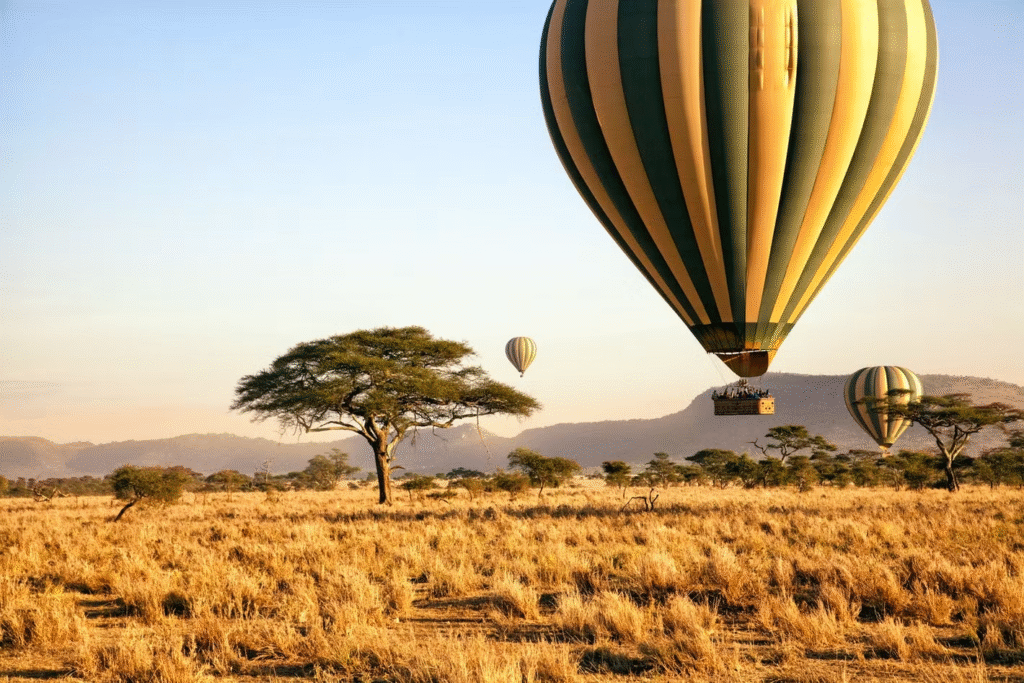
- Masai Mara is accessible by road (6 and 7 hours from Nairobi) or via domestic flights from Wilson Airport to airstrips within the reserve. Many travelers combine the Mara with Lake Nakuru or Amboseli in a 5- to 7-day Kenyan safari.
- Serengeti usually requires a flight from Arusha to one of its many airstrips or a full-day drive through Ngorongoro Conservation Area. Itís commonly visited as part of Tanzaniaís northern safari circuit along with Tarangire, Lake Manyara, and Ngorongoro Crater.
If you’re short on time, Masai Mara is easier to access. For longer, more varied safaris, the Serengeti and the northern circuit are ideal.
Which Safari Is Right for You?
Choose Masai Mara if:
- You’re short on time but want guaranteed big wildlife sightings.
- You want to see the Great Migration river crossings (August ñOctober).
- You’re traveling on a moderate budget.
- You want a safari that includes cultural visits and easy logistics from Nairobi.
Choose Serengeti if:
- You have more time for an extended safari.
- You want to explore vast landscapes and avoid crowds.
- You’re interested in calving season (JanuaryñMarch) or less touristy areas.
- You plan to visit multiple parks in northern Tanzania.
Conclusion
The truth is, you can’t go wrong with either the Serengeti or the Masai Mara. Both deliver unforgettable wildlife encounters, rich ecosystems, and stunning safari moments. The choice comes down to timing, your travel preferences, and the kind of experience you wantówhether itís short and sweet, or long and immersive.
If you have the chance, visit both. Many seasoned travelers will tell you: the Serengeti is the soul of the African wilderness, while the Masai Mara is its heartbeat. Either way, youíre in for the safari of a lifetime.
Recent Posts
Wildlife Safari in Kidepo Valley National Park
Lake Bunyonyi Travel Guide for First-Time Visitors
Exploring the Source of the Nile in Uganda
Best Time to Visit Uganda for a Safari
What to Expect When Gorilla Trekking in Bwindi
Last Minute Deals
Tags
Quick booking process
+25761409741


